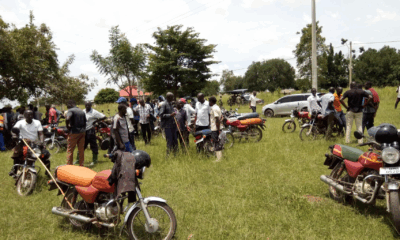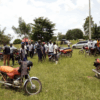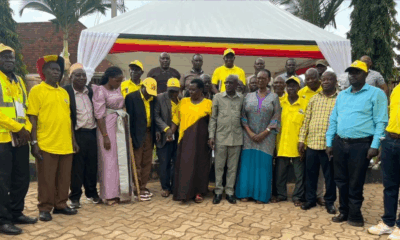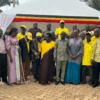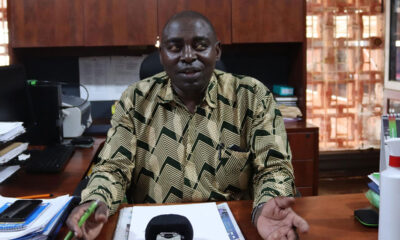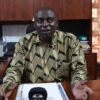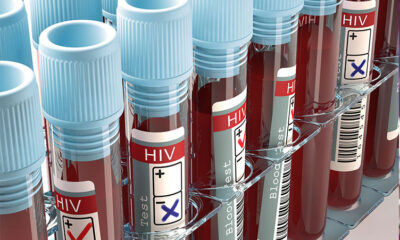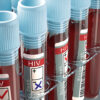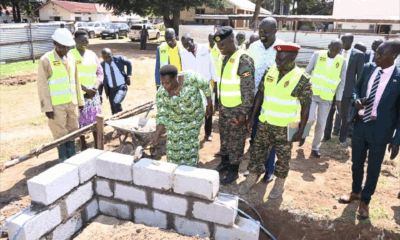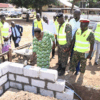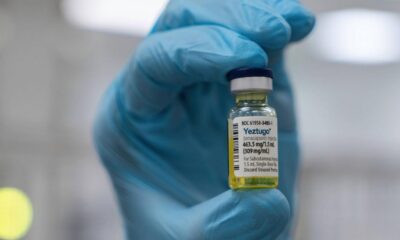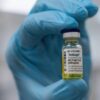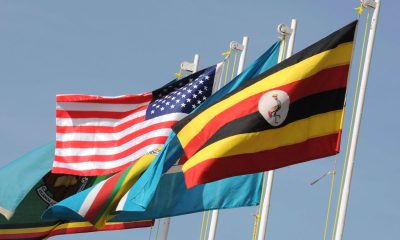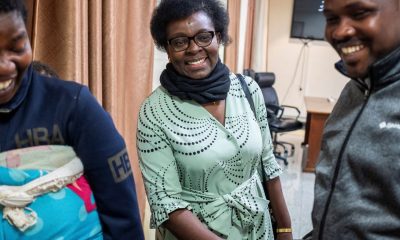Health
Lacor Hospital Faces Shs 15.5 Billion Funding Crisis, Threatening Vital Services in Northern Uganda
St. Mary’s Hospital Lacor, a cornerstone of healthcare in Northern Uganda, is grappling with a severe funding shortfall of UGX 15.5 billion, putting its ability to deliver affordable, quality medical services at critical risk. The non-profit institution, managed by the Gulu Archdiocese, has historically relied on international donor support, but administrators reveal that a confluence of factors, including the lingering economic impact of the COVID-19 pandemic and the recent suspension of USAID health funding to Uganda’s Ministry of Health, has left the hospital in a precarious financial state.
Dr. Dominique Corti, President of the Corti Foundation, a key organisation dedicated to raising funds for Lacor, highlighted the gravity of the situation during the hospital’s annual stakeholders’ meeting held on Saturday. “The 15.5 billion shillings funding deficit has been a major challenge for the hospital in the last two to three years, greatly threatening the subsidy the facility provides for patients’ health care and the payment of staff salaries,” Dr. Corti stated. She noted the increasing difficulty in convincing donors to fill the gap amidst widespread cuts in international funding.
The financial strain is particularly concerning given Lacor Hospital’s crucial role. It serves not only thousands of patients across Northern Uganda but also a significant number of refugees from South Sudan. The hospital’s latest annual revenue report for the 2023/24 financial year reveals that donor funding accounted for UGX 15.5 billion of its budget, while patient fees contributed UGX 9.6 billion. Government grants stood at a mere UGX 1.7 billion, with local revenue adding UGX 941 million.
Despite these revenues, the hospital incurred substantial costs, spending UGX 12.2 billion on salaries and UGX 8 billion on medical items and services. Dr. Martin Ogwang, Lacor Hospital’s Institutional Director, emphasised that “the hospital wouldn’t be in a position to operate without donor funding,” underscoring the urgent need for alternative and increased support.
Dr. Ogwang also expressed concern over the government’s consistent failure to increase its Primary Health Care (PHC) budget allocation to the hospital. He revealed that Lacor receives only UGX 58 million quarterly from the government for PHC activities, translating to a paltry UGX 19.3 million monthly, despite the overwhelming patient load. This is a significant reduction from the UGX 600 million annual PHC budget the hospital received before the Ministry of Health cut it to UGX 230 million in 2019.
“We appeal to the government to increase the hospital’s primary health care budget to enable the facility to smoothly run its health services operation, including the purchase of essential drugs for patients,” Dr. Ogwang pleaded.
Amidst the financial crisis, Dr. Corti noted that the hospital is actively pursuing “evolution plans,” including significant improvements in financial controls. She highlighted the implementation of new administration software aimed at precisely monitoring financial inflows and outflows. These initiatives have already yielded positive results, with the hospital saving approximately UGX 600 million on food purchases alone in the last nine months.
The hospital’s mission, themed “Maintaining the hospital mission amidst increasing economic strain, changing health care landscape, and disease patterns,” remains to provide accessible care. Lacor’s records for the 2023/24 financial year show a total of 159,262 outpatient contacts. The hospital heavily subsidises treatment, covering 94% of medical costs for children, 66% for adults, and 89% for its two peripheral health facilities in Opit and Pabbo.
“On average, somebody is paying 75 per cent of the money that we use in running the hospital; we only get the rest from us here locally. That is what we use here, on average, 25 per cent,” Dr. Ogwang elaborated, illustrating the profound reliance on external support for its day-to-day operations. The hospital now urgently calls on stakeholders and the government to address its critical funding needs to ensure its continued vital service to the community.
Comments




